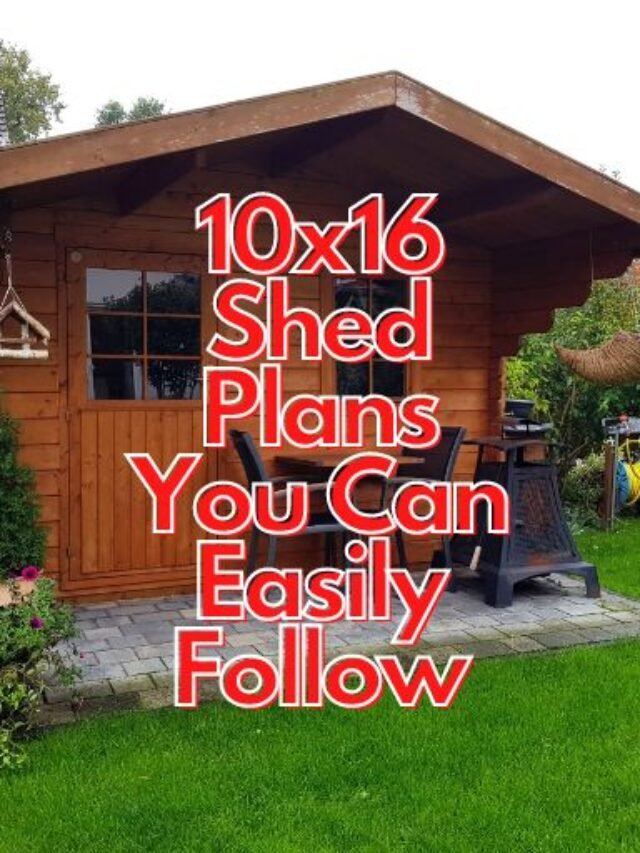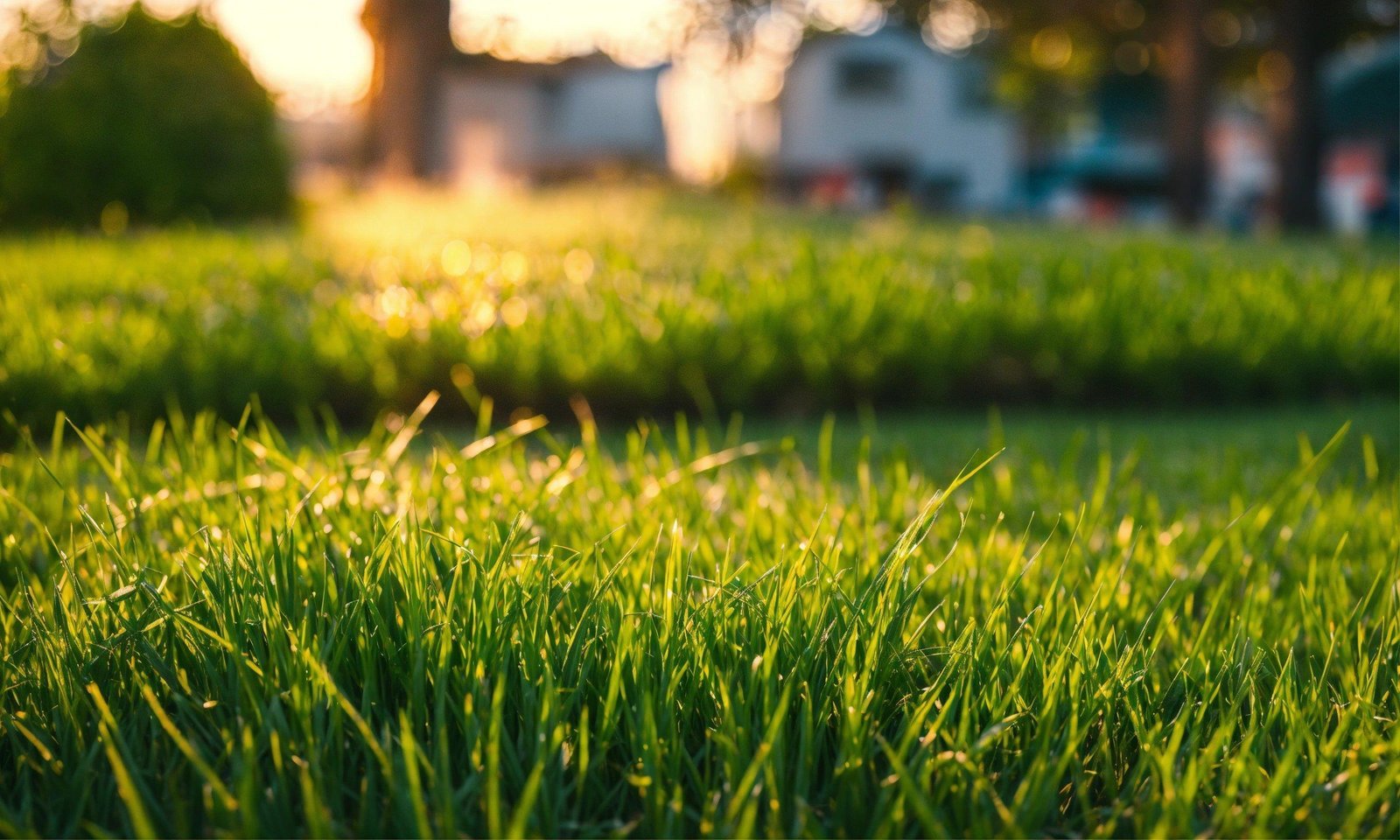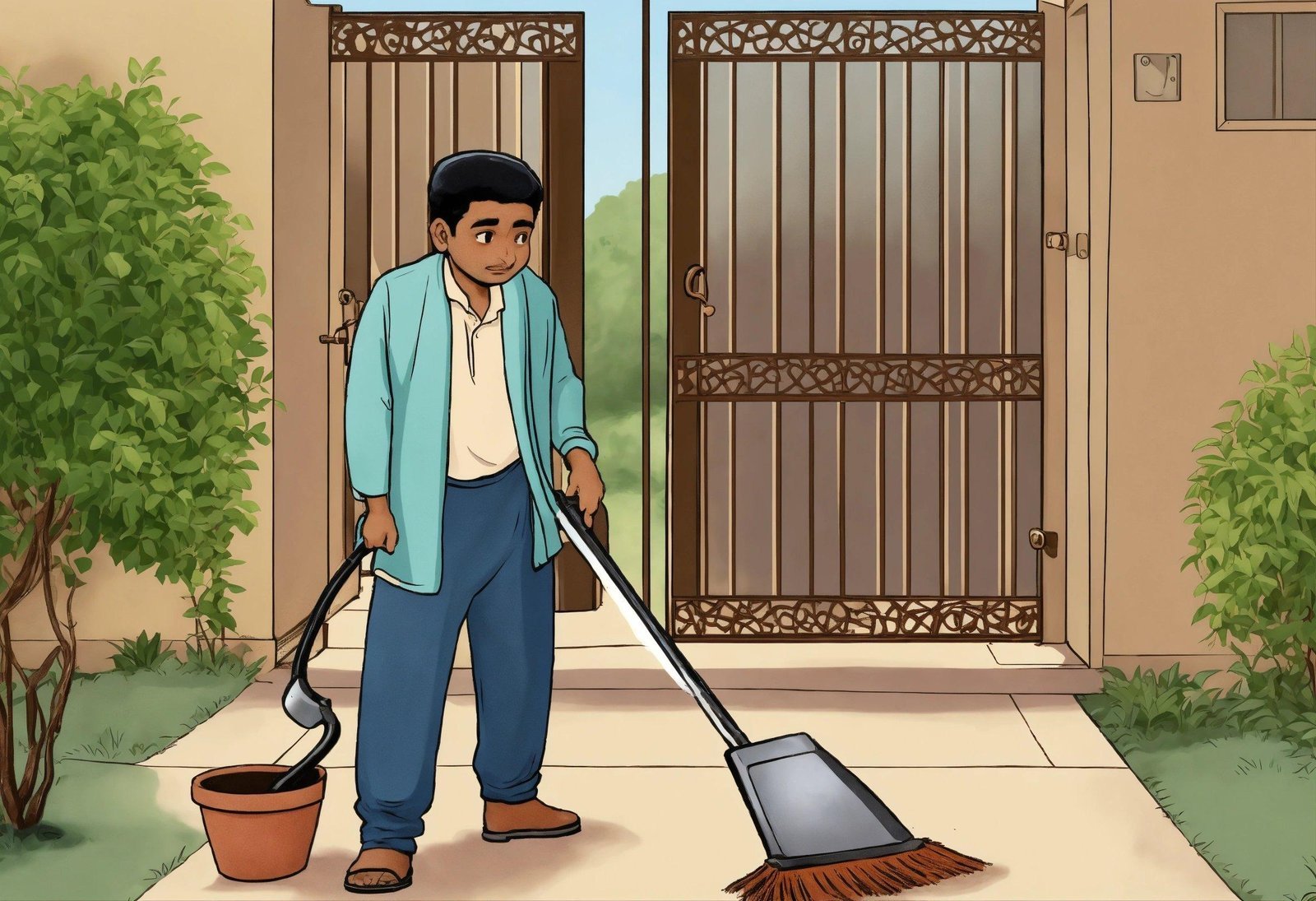10 Easy And Creative gardening in texas
Gardening is a great way to get creative and enjoy some fresh air. But when you live in Texas, the heat can make it hard to come up with ideas for projects that will be successful in the scorching summer months. That’s why we’ve compiled a list of 10 easy and creative Texas gardening ideas that are sure to provide you with plenty of inspiration. From container gardens to raised beds, these garden project ideas are perfect for novice and expert gardeners alike. Read on to learn more about how you can make the most of your gardening space!
Vertical Gardening
If you’re looking for a creative way to spruce up your home or garden, consider vertical gardening. Vertical gardens are a great way to add interest and dimension to your space without taking up too much room. Plus, they’re perfect for small spaces or areas with limited sunlight.

There are a few things to keep in mind when planning your vertical garden. First, choose plants that will thrive in your climate and space. Consider the amount of sunlight and water each plant needs, as well as its mature size. It’s also important to select plants that have similar growing habits so they don’t compete for resources.
Once you’ve selected your plants, it’s time to get started! There are a variety of ways to create a vertical garden, so choose the method that best suits your space and budget. Trellises, lattices, and walls are all great options for supporting your plants. You can also purchase ready-made planters or build your own using recycled materials.
Vertical gardens are a fun and easy way to add greenery to any space. With a little planning and creativity, you can create a beautiful garden that will transform your home or outdoor area.
Indoor Herb Gardens
If you don’t have a lot of outdoor space for gardening, or if you simply want to bring some greenery indoors, an indoor herb garden is a great option! Herbs are relatively easy to grow indoors, and they can add a lot of flavor to your cooking. Plus, they look pretty on a windowsill or countertop.
Here are some tips for growing an indoor herb garden:
- Choose the right herbs. Not all herbs do well indoors. Some that do include basil, chives, mint, oregano, parsley, rosemary, and thyme.
- Get a good potting mix. Be sure to get a potting mix that is specifically designed for indoor plants. This will help ensure that your herbs get the nutrients they need to thrive.
- Provide enough light. Most herbs need at least six hours of sunlight per day in order to grow well. If you don’t have a sunny spot in your home, you may need to get a grow light to provide the necessary light for your plants.
- Water regularly. Be sure to keep your herbs watered – but not too much! Overwatering can lead to problems such as root rot and leaf drop.
Container Gardening
if you live in an urban area or simply don’t have a lot of space for a traditional garden, container gardening is a great way to grow your own vegetables, fruits, and flowers. Container gardens are easy to set up and can be placed on patios, balconies, or even indoors.
One of the great things about container gardening is that you can grow just about anything in a pot. Tomatoes, peppers, eggplants, and cucumbers are all popular choices for vegetable gardens, while annuals and perennials make beautiful additions to any patio or deck. Herbs such as basil, rosemary, and thyme also do well in containers.
When choosing containers for your garden, it’s important to select ones that are large enough for the plants you want to grow. Most vegetables need at least a 12-inch pot, while larger plants like tomatoes can require 20 inches or more. It’s also important to choose pots with drainage holes in the bottom to prevent roots from rotting.
Once you have your containers selected, it’s time to fill them with soil. For best results, use a high-quality potting mix that contains organic matter such as compost or peat moss. This will help your plants thrive by providing them with the nutrients they need.
After your pots are filled with soil, it’s time to plant your seeds or start. Be sure to water them well and give
Tomato Cages
If you live in Texas and love to garden, then you know that tomato cages are a must! Tomato cages help to support your tomato plants so that they can grow tall and produce lots of fruit. But buying tomato cages can be expensive, and they can take up a lot of space in your garden. So why not make your own?
Here are some easy and creative ways to make your own tomato cages:
- Use old metal hangers. Straighten out the hangers and then shape them into circles. Make sure that the circle is big enough to fit around your tomato plant. Then just slip the hanger over the plant and secure it in place.
- Repurpose an old coat rack. An old coat rack can make a great tomato cage! Just take apart the coat rack and then put it back together again so that it forms a cylinder shape. Then slip it over your tomato plant and secure it in place.
- Upcycle an old ladder. An old ladder makes great supports for tomato plants! Just lean the ladder against a wall or fence, and then tie the rungs together with twine or wire. Then place your tomato plants at the bottom of the ladder and let them climb up!
- Use bamboo stakes. Bamboo stakes are perfect for making DIY tomato cages! Just drive the stakes into the ground around your tomato plant, and then tie them together at the top with twine or wire
Strawberry Jars
- Strawberry Jars
If you love strawberries, then you’ll adore this simple gardening idea! All you need is a large glass jar, some potting soil, and of course, strawberry plants. You can find these at your local nursery or even online. Once you have your materials, simply fill the jar with soil and plant the strawberries. Be sure to water them regularly and give them plenty of sunlight. In no time at all, you’ll have fresh strawberries right at your fingertips!
PVC Pipe Planters
PVC pipe planters are a cheap and easy way to add some greenery to your home. Simply cut the length of the PVC pipe to the desired height, then drill holes in the sides for drainage. Fill with soil and plants, and you’re good to go! You can even paint or decorate the pipes to add a personal touch.
Hanging Baskets
Hanging baskets are a great way to add color and life to any space, and they’re especially perfect for small gardens or balconies. If you live in Texas, you’re in luck because there are plenty of tough, heat-loving plants that will thrive in your hanging baskets.
Some of our favorite hanging basket plants for Texas gardens include:
• Mandevilla – A fast-growing vine with beautiful trumpet-shaped flowers, mandevilla is perfect for adding a touch of the tropics to your garden.
• Lantana – Another heat-loving plant, lantana comes in a wide range of colors including orange, pink, red, and yellow. It’s also tolerant of drought conditions, making it ideal for Texas gardens.
• Euphorbia – A succulent with a unique growth habit, euphorbia is an interesting addition to any hanging basket. It’s also very drought-tolerant.
• Geranium – A classic garden plant that’s available in a wide range of colors, geraniums are always a good choice for hanging baskets. They’re easy to care for and will bloom all summer long.
Raised Bed Gardens
Raised bed gardens are a great way to get started with gardening in Texas. By creating a raised bed, you can easily control the soil quality, drainage, and sunlight exposure for your plants. This type of garden is also ideal for small spaces or areas with poor soil quality.
To build a raised bed, you will need some lumber and some basic tools. You can find plans for raised beds online or in garden catalogs. Once you have your materials and tools, follow these steps:
- Decide where to put your raised bed. It ought to be situated where there is at least six hours of direct sunlight each day.
- Clear the area where you will be building the raised bed. Remove any rocks or debris from the area.
- Measure out the size of your raised bed. The most common sizes are 4×4 feet or 8×8 feet.
- Using a saw, cut the lumber to the proper size. To ensure that your raised bed is level when completed, make sure that every piece is precisely the same length.
- Assemble the frame of your raised bed using screws or nails. Be sure to use rust-resistant fasteners if you live in an area with high humidity levels.
- Fill your raised bed with a high-quality soil mix specifically designed for gardening purposes. You can find these mixes at most home improvement stores or online retailers specializing in gardening supplies
Pallet Gardens
- Pallet Gardens
If you’re looking for a unique and easy gardening idea, try creating a pallet garden! All you need is an old wooden pallet and some plants, and you can transform it into a beautiful and functional garden.
To start, find a sunny spot in your yard where you want to put your garden. Then, lay the pallet down on its side and secure it to the ground with stakes or bricks. Next, fill the pallet with soil, and plant your favorite flowers, herbs, or vegetables. Water regularly and watch your garden grow!
Mason Jar Gardens
Mason jar gardens are a popular and easy way to add some greenery to your home. They are also a great way to recycle old mason jars!
Here are some tips for creating your own mason jar garden:
- Choose the right size jar for your plants. Smaller jars are better for succulents and cacti, while larger jars can accommodate fuller plants.
- Make sure your jars have drainage holes in the bottom. This is essential for preventing root rot.
- Fill your jars with a good-quality potting mix that is specifically designed for succulents or cacti.
- Add some rocks or gravel to the bottom of the jar before adding your potting mix. This will help with drainage.
- Plant your succulents or cacti, then water them well. Be sure to wait until the soil is dry before watering again, as too much water can cause root rot.
how to crate train a rescue dog?
- 10 Creative Christmas Gardening Ideas 2023
- 5 Creative Milk Jug Gardening Ideas To Try This Summer
- Create Your Own Shed: 10×16 Shed Plans You Can Easily Follow
- Crafting Your Dream: The Art Of Custom Woodworking
- 10 Stunning Retaining Wall Gardening Ideas To Transform Your Garden







